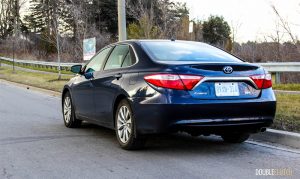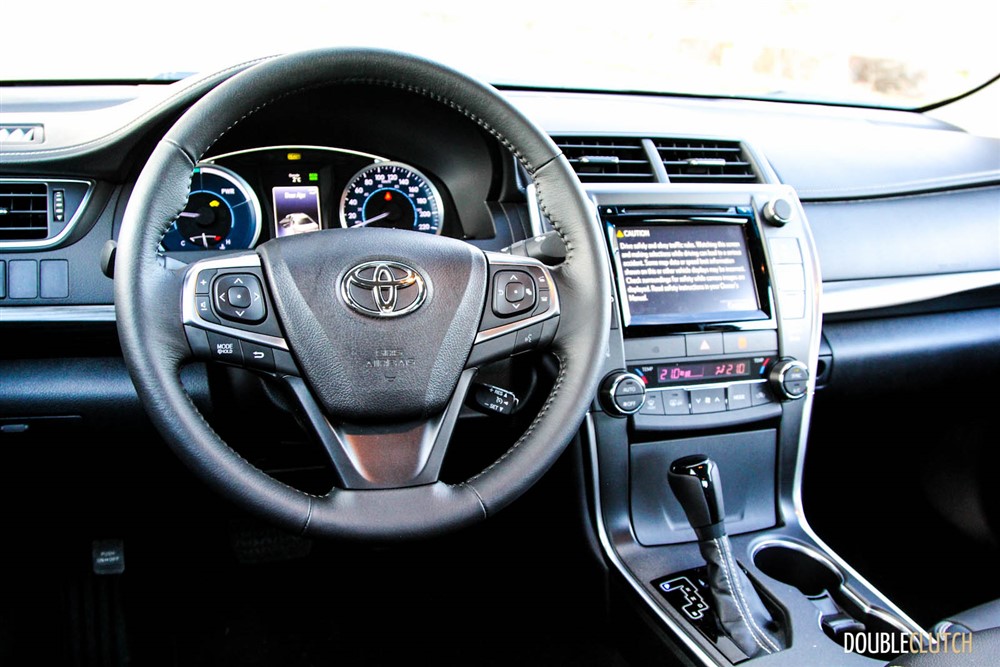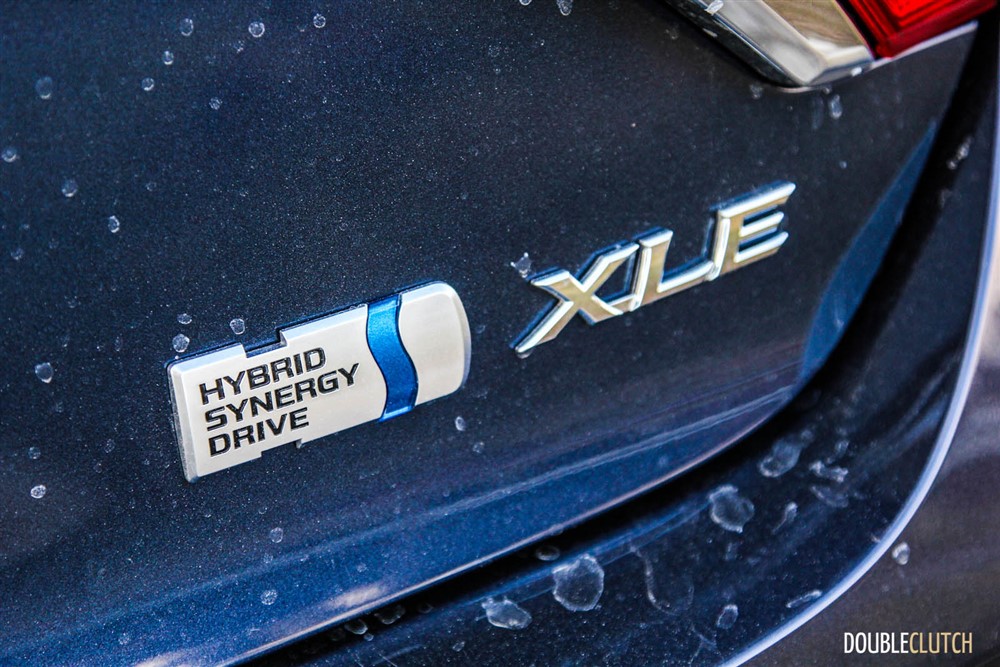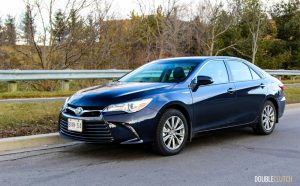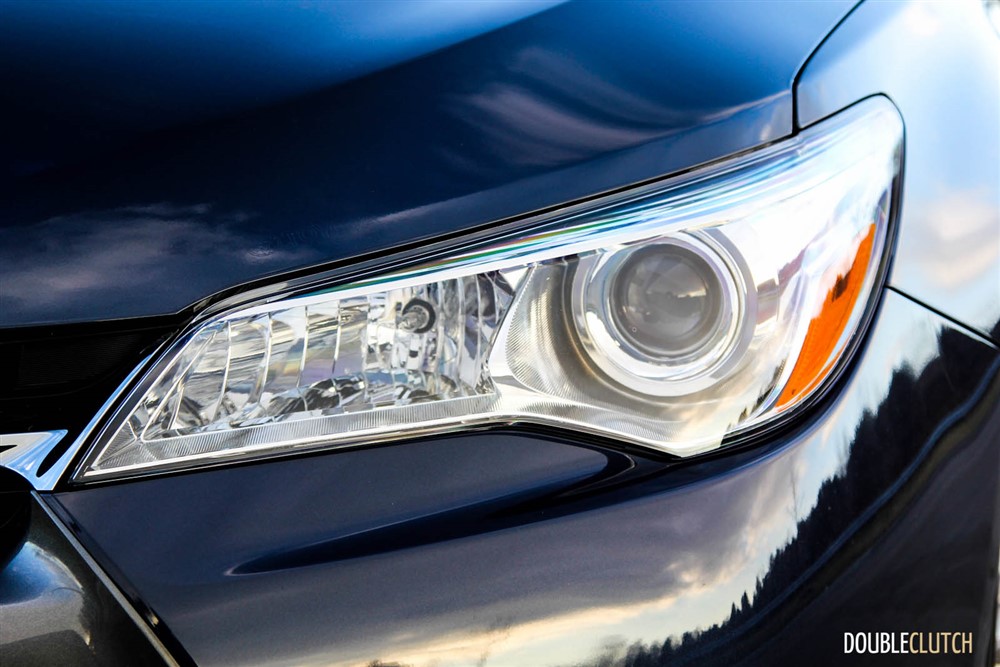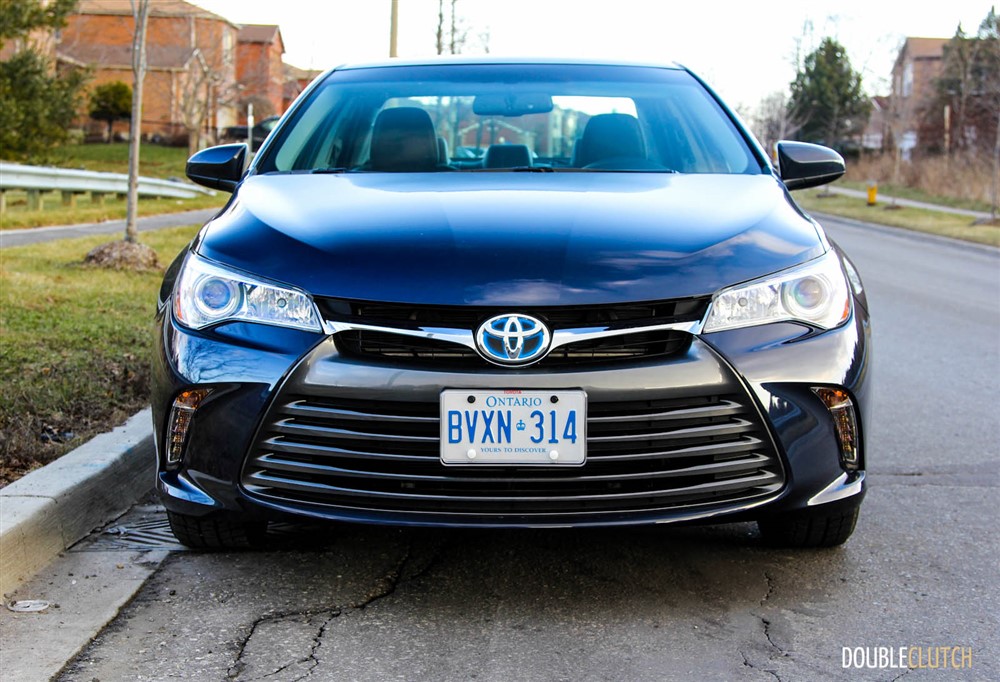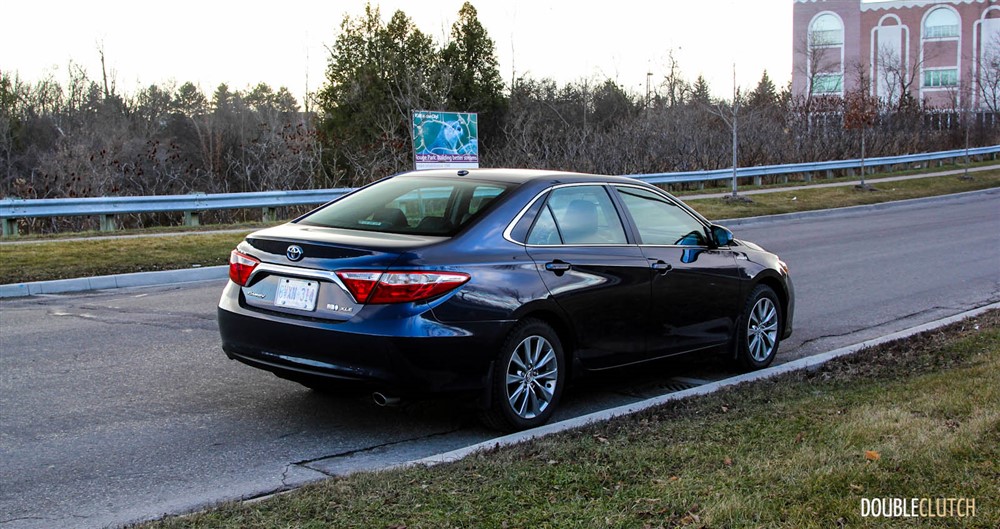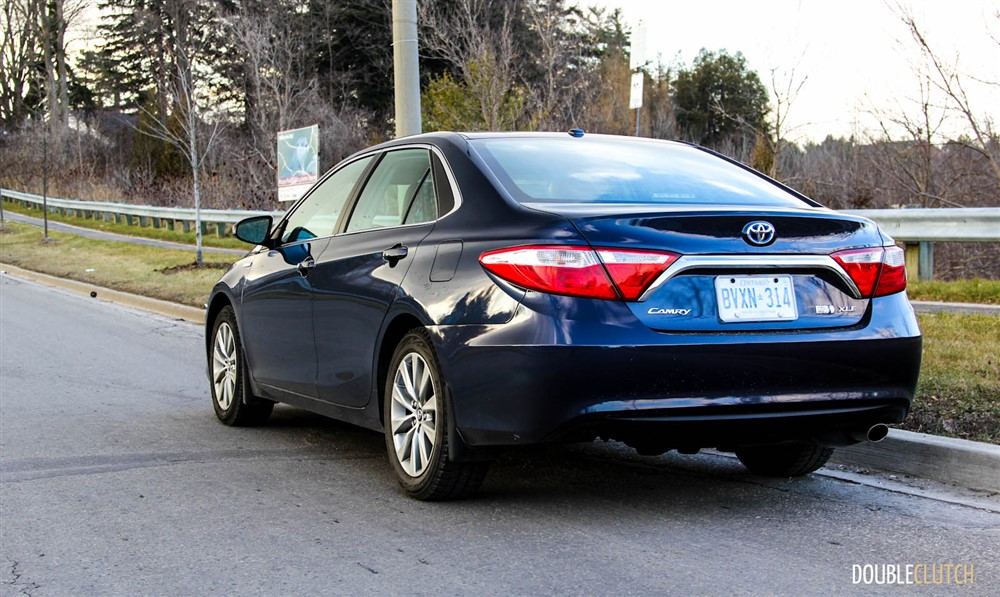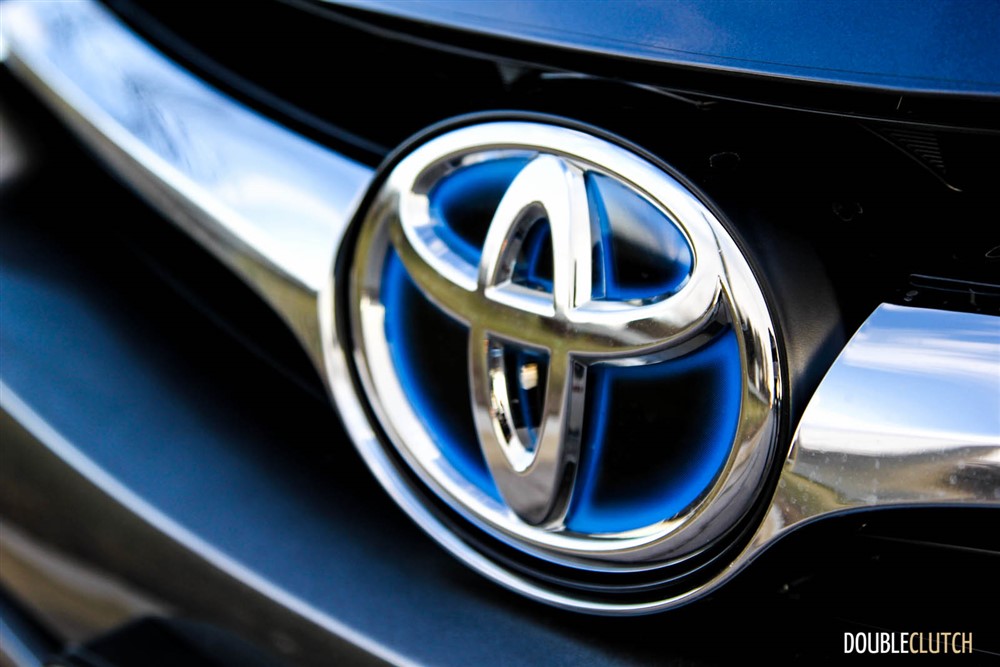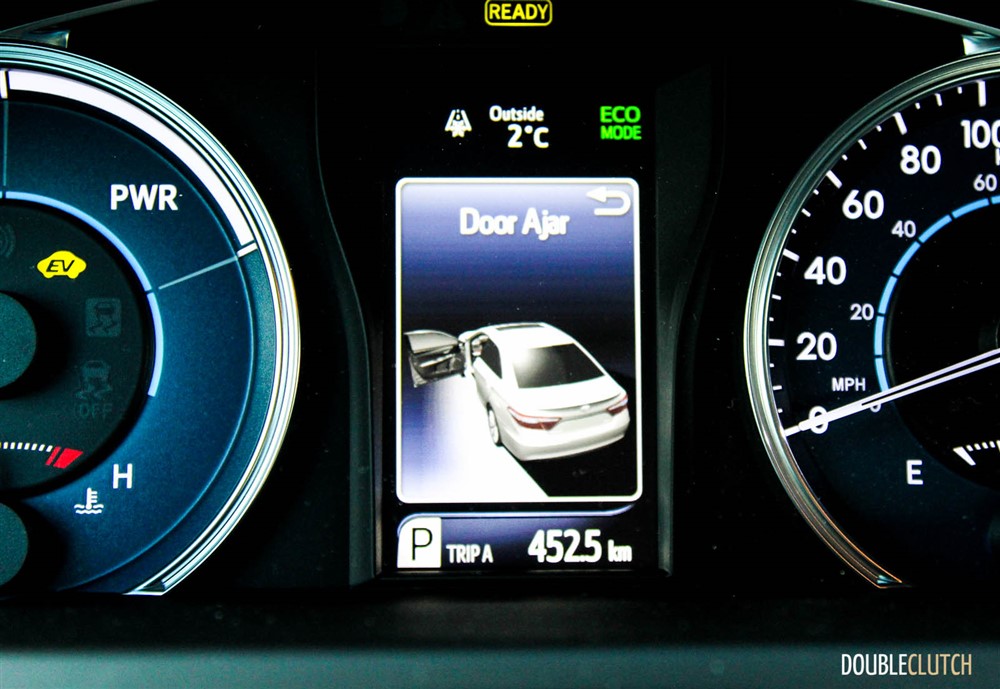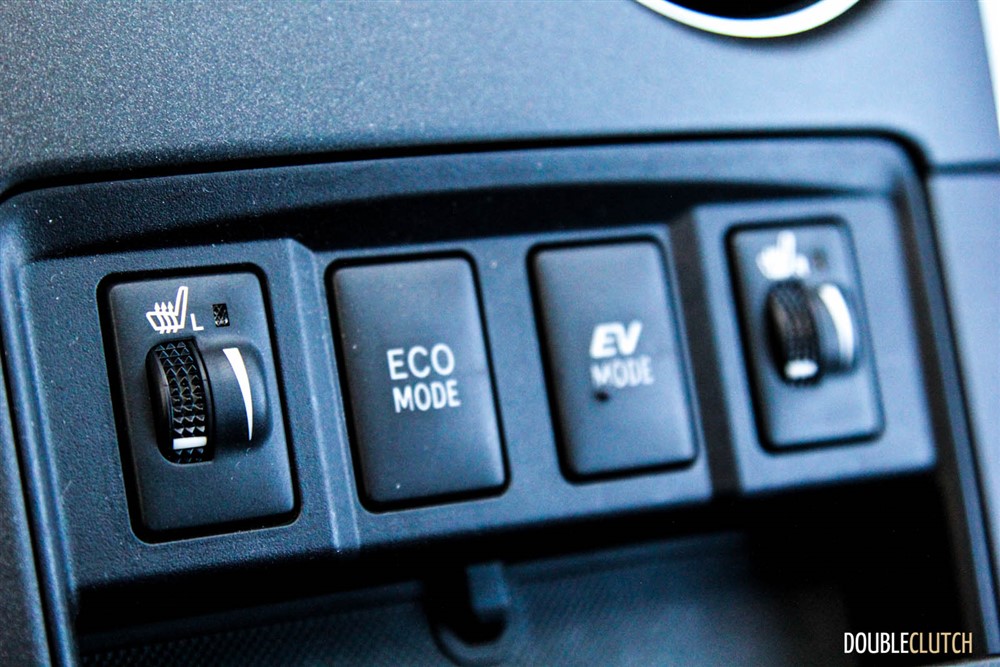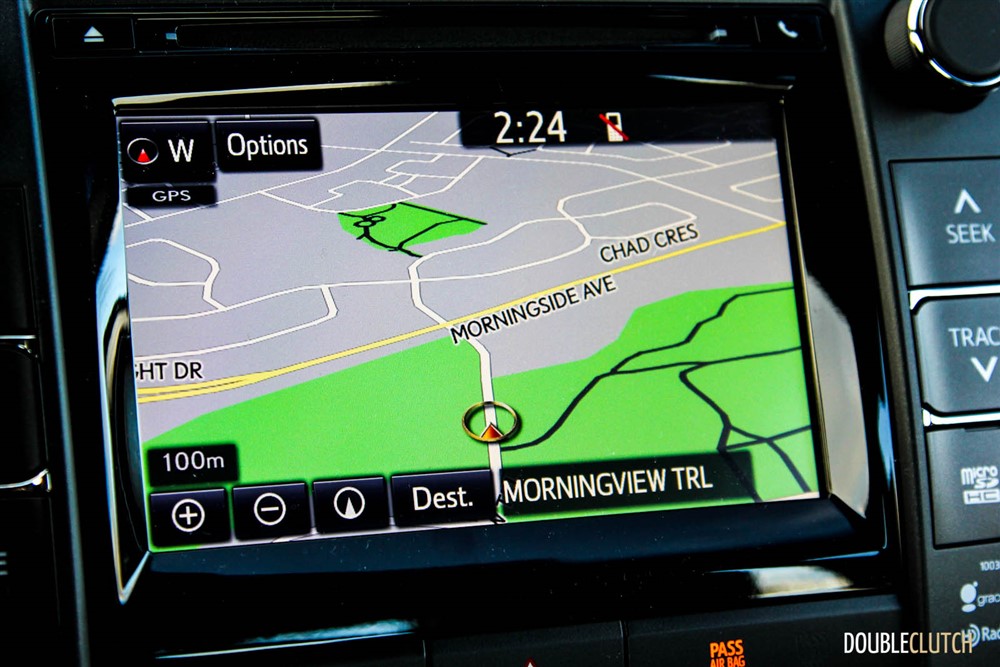Toyota’s engineers have worked hard over the years to be the brand known for pushing the efficiency envelope. Cars such as the Prius have become the flag-carriers in the hybrid business, representing what has become the image of green motoring. For the internet-connected automotive enthusiast, cars like the Prius have also become the antithesis of motoring fun. Its efficiency-first design gave aerodynamics the priority over traditional aesthetic design, which may turn off some consumers looking to sip fuel, yet fly under the radar at the same time.
Toyota has been steadily growing their hybrid-electric vehicle portfolio for some time now. At the entry-level, there is the pint-sized Prius C, the “medium-size” Prius V, the Highlander Hybrid, and lastly, the “Parisian Night Pearl” Camry XLE Hybrid that I’m checking out here. Think of the colour as a very dark blue – it’s almost black at night. Going back to 2007, the Camry Hybrid is positioned alongside the standard Camry, marketed as a separate model on Toyota Canada’s website. The base Hybrid LE and sporty Hybrid SE model fit in around the midrange four-cylinder models, and the top-end Hybrid XLE matches up with the V6-equipped models.
One note about the Hybrid SE: it’s not simply just a matter of Toyota tacking an appearance package onto the car – the SE gets unique sport seats and different (read: firmer) suspension tuning. I understand that the “SE” moniker and the hybrid powertrain should be a mutually exclusive thing, but I can appreciate the tighter suspension tuning, for starters. The improved seats (albeit, not leather) are another bonus, as well. The Camry SE has traditionally been a fairly strong seller for Toyota, so I think it makes sense for them to extend it to the Hybrid model.
The 2015 model that was unveiled earlier this year technically isn’t new from the ground up. Toyota calls this a mid-cycle refresh, and in the case of the 2015 Camry, nearly all exterior panels are new and/or updated. Toyota is touting the Camry’s “bold” new exterior style. They’d mostly be right – the big front grille seems to be a common feature amongst the new models from both Toyota and Lexus. Whether or not the style works at first glance, I think it’s worth making the decision in person, rather than just looking at photos on the internet. Specifically, I think the XSE trim in the “Blue Crush Metallic” looks pretty good. New headlights and integrated LED daytime running lights bring the Camry up to today’s standards (read: everybody’s doing it). What the Camry Hybrid is missing, are upgraded low-beam headlights, like the LED headlights on the Corolla and Camry when you spring for the V6 engine.
One point of contention that apparently had the internet up in arms was the black piece of plastic trim, on the C-pillar, just behind the rear doors. I think Toyota’s intention here was to provide the illusion of a longer cabin or greenhouse. In person, it’s honestly not a huge deal, but once you know it is entirely cosmetic, it’s a little hard to “un-see”. Still, the Camry does a better job with this sort of garnishing than something like the first-generation Chrysler 200 did.
The interior is gently updated and brought up to current Toyota standards – there are a lot of elements from the Corolla, like the soft-touch “upright” dashboard. It may not be the most beautiful interior around, but I liked the focus on practicality and ergonomic efficiency over outright style. I found the seats to be a little hard, but this is a subjective point. The upright roofline makes for better headroom for rear occupants – something that cars like the Chrysler 200 and Nissan Altima are lacking. What I found most useful is the integrated wireless phone charger (standard on the XLE). Following the “Qi” standard, compatible phones can simply be placed in a little cubby behind one of the centre console doors and pick up some additional battery power – wirelessly! iPhone users are out of luck – your phones don’t support wireless charging.
Toyota has a knack for sticking with something that works. In the Camry Hybrid’s case, the Hybrid powertrain is carried over from the previous iteration. This is by no means a bad thing. Under the hood is a 2.5L four-cylinder gasoline engine, running under the more-efficient Atkinson combustion cycle. This gas engine is one part of the Hybrid Synergy Drive system. The other half, in a general sense, consists of an electric motor, a set of batteries, and a special electronic continuously variable transmission. A full hybrid system (as opposed to some “mild” hybrid systems), the Camry Hybrid (and all Toyotas featuring the Hybrid Synergy Drive powertrain) can be propelled using battery power alone under the right conditions. When more motive power is requested by the driver than the electric motors can provide, the gasoline engine will fire up to help out.
This powertrain is capable of producing a total system power of 200 horsepower, which is in between the traditional gasoline-only four-cylinder and six-cylinder models. There isn’t technically a torque rating provided by Toyota, but typical to most electric motors, maximum electric torque output happens right at zero rpm.
A lot of people buy hybrid electric vehicles and drive them the very same way they would a traditional gasoline-only car. In most cases, they’d also be satisfied with the improvements in fuel economy, regardless of driving style. When some forward thinking and effort are applied, the improvements associated with hybrid electric vehicles can be even greater. I’ve talked about “hypermiling” in the past – it is the act of consciously driving with the goal of saving fuel. It’s not just about “driving slowly”. Now, there are many different factors and theories behind hypermiling, but simply understanding some of them should help you squeeze out the most out of each litre of gasoline.
One of the most important aspects is to be aware of your surroundings. The farther ahead your vision is, the better you can plan ahead with your footwork – whether to keep your motion up or to slow down for the upcoming red light. Getting up to speed briskly, then coasting – also known as the “pulse & glide” method, is a good practice with hybrid electric vehicles. If you’re not looking to “hurry up and wait”, coasting to a stop not only saves fuel but also saves needless wear on your braking system. Lastly, it’s equally as important not to impede the flow of traffic and anger your fellow motorists.
Like other Toyotas featuring Hybrid Synergy Drive, it’s important not to simply jump on the accelerator when you need to start moving. If you roll onto the accelerator pedal correctly, the Camry Hybrid rewards you by keeping the engine off and using its electric power reserves to get you going. Enabling the Eco mode gives you more travel in the pedal, allowing you to get moving in a more graceful fashion, such that the additional assist provided by the gasoline engine isn’t needed. Regenerative braking converts the kinetic energy into useful battery power.
Toyota rates the Camry Hybrid XLE at 5.7L/100km in the city, 6.1L/100km on the highway, and 5.7L/100km in a combined cycle. Like my week with the Prius, I turned my daily commute into a game. My drive downtown consists of a lot of stop-and-go city driving. Combined with the cold December temperatures as well as the high-rolling resistance winter tires, I wasn’t expecting the greatest numbers. Despite the far-from-ideal conditions, I managed a week-long average of 6.4L/100km in mixed driving. However, I was able to wring out a single-trip average of 5.5L/100km on one commute home – impressive what a little bit of effort and awareness can do.
The Toyota Camry Hybrid is priced right in with its gasoline-only siblings. Starting at a base MSRP of $28,410, it sits below the loaded four-cylinder Camry XLE. My particular Camry Hybrid XLE stickers at $34,500, which is right underneath the fully-loaded Camry XLE V6. Hybrid electric vehicles have always been associated with a price premium, and the Camry Hybrid is no exception. Between the most affordable gasoline-only Camry LE to the base-model Camry Hybrid LE, there is a $4,560 delta. With that difference in price, it could very well take quite some time for the average buyer to break even with the fuel savings. It may not make perfect sense for everybody, but those simply looking to reduce their consumption on a day-to-day basis will be served well with the Toyota Camry Hybrid.
The Camry XLE comes with a comprehensive set of equipment, such as navigation, ten-speaker JBL audio system, text message dictation, heated leather seating surfaces, and safety assists such as blind-spot monitoring and rear cross-traffic alert. At the end of the week, I was able to see that the 2015 refresh for the Camry was a meaningful one. Not just a cosmetic update, there are enough changes inside and out that keep the Camry competitive in the ultra-dense midsize family sedan market. The hybrid powertrain gives the Camry its trump card – Toyota’s current generation of Hybrid Synergy Drive is one of the most refined systems available. It’s also proving to be ultra-reliable, as seen as the large population of Toronto taxicabs that have switched over.
The Toyota Camry Hybrid gives people not only peace-of-mind, but also a tool that one doesn’t necessarily have to spend a lot of time thinking about. One doesn’t necessarily need to watch the fuel gauge and efficiency readouts like a hawk. It simply just quietly becomes part of your life. Enthusiasts may shy away from this sort of interaction (there’s always Lexus and Scion), but cars like the Camry and its Hybrid models appeal to the vast majority of the motoring public in all the right ways.

